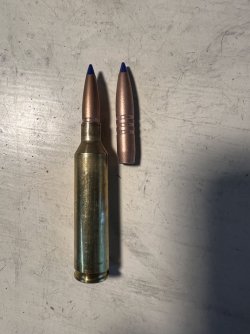Bang4theBuck
Well-Known Member
With every additional post, all of which have a degree of fact, we are proving that this is not a simple equation, and needs to be tested in every individual rifle/powder/primer/neck tension/seating depth/bullet shape/bullet construction scenario.....im worn out just thinking about it!


